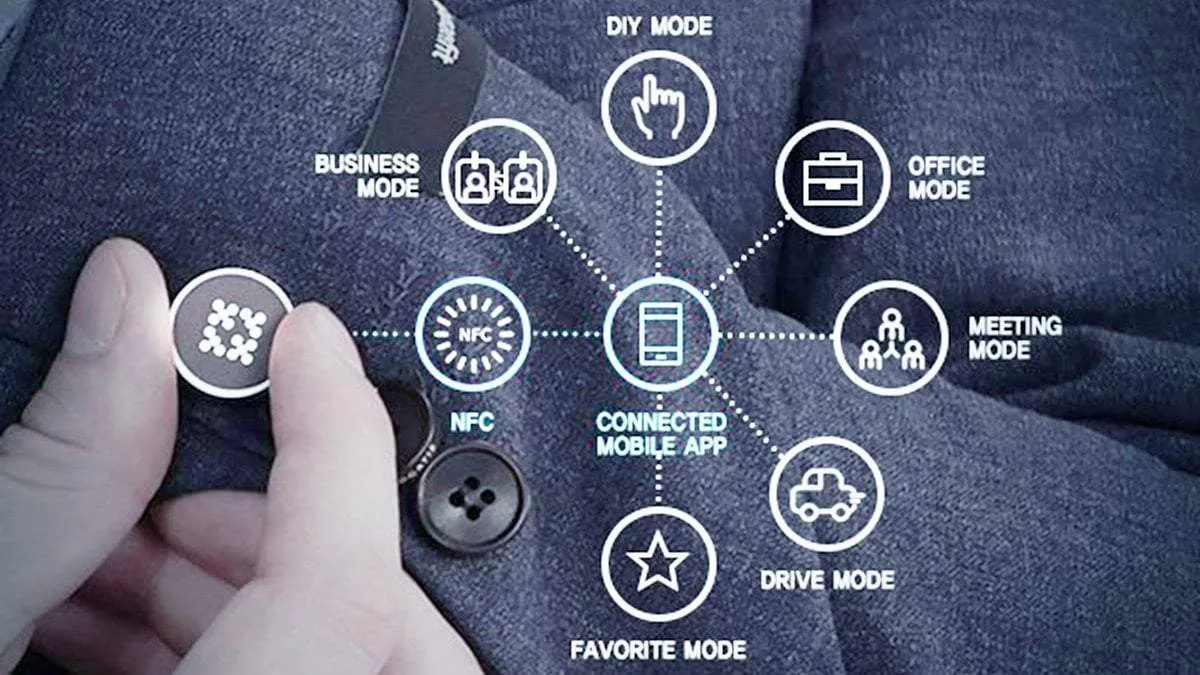Clothing technology involves all the technological innovations, materials and new manufacturing techniques that have recently been developed and utilised. The timeline of clothing technologies and textile technology includes many major advancements in the production and distribution of textiles and garments. Some of these include the development of various sewing machines such as the sewing machine and the laser sander. Other developments have included the invention of the washing machine, the clothes dryer and the dryer machine.
A few years ago, wearable computer technology was developed which is now known as smart clothes. These are devices that are worn like a bracelet or any other ordinary piece of clothing but have embedded electronic sensors. These sensors can detect body heat, temperature and other factors. Once they sense these factors, the appropriate clothing technology can be activated. With the help of the wearer’s own sensors, the system can change clothes or other accessories depending on the weather or other environmental factors.
Wearable fabrics
Another major clothing technology includes the manufacture of wearable fabrics. The garment is made of the fabric and other accessories and it can be custom tailored to an individual’s body. This is the reason why it is referred to as personalised clothing. Wearing such garments helps individuals feel more comfortable because they can alter them according to their choice.
Fashion
Another clothing technology is related to fashion. The way people dress has significantly changed over the years, especially in the last twenty or so years. The need for fashionable clothing has increased, leading to the emergence of numerous fashion lines. Each fashion line has its own unique style and design. Some of the most popular fashion lines include those launched by celebrities such as Ellen DeGeneres and Rachel Bilson.
Textiles
In order to make these clothing products possible, textiles need to be developed, which are more durable and have better properties when it comes to heat and moisture. Due to this, a new type of fabric has been developed. These fabrics are known as thermal fabrics.
This type of textile is composed of lightweight, breathable fabrics that do not retain heat during the winter season. These are the main components of modern day’s fashion and lingerie. During the summer season, these fabrics also serve as excellent cooling agents and can help keep people cool without feeling hot. Thermal fabrics can be used in many different forms in the clothing industry, as they have several advantages over other types of materials.
Smart Clothes
One of the most important aspects of textiles is the creation of smart clothes. Smart clothes are pieces of clothing that can store information about the wearer. For instance, some pieces of smart clothes can detect the temperature of the air around the person and adjust the fabric accordingly. The same technology can also be applied to electronic gadgets such as mobile phones, iPods and MP3 players. When smart clothes get smarter, they can communicate with each other and with the user’s clothing to determine the appropriate temperature.
Smart Phones
Another very important aspect of smart clothing is the creation of smartphone applications. Many garment manufacturers have already created smartphone applications that can read the temperature of the air, as well as detect heat and moisture.
If you want high tech clothing, you need to pay close attention to the materials being used. One exciting aspect of high tech clothing is the incorporation of micro-fabricated fabrics. Micro-fabricated fabrics are inspired by nature – they are inspired by the way nature forms clothes. These fabrics are called smooth clothes or fiber-optic clothes, and they take the form of the natural form of the fibers rather than the traditional tapered forms that normal clothes take. Because of this, high tech clothing has the potential to be extremely comfortable, flexible and lightweight, which makes it perfect for many different types of outdoor sports.
As we mentioned before, smart clothing manufacturers are trying to take their technologies a step further and incorporate them into larger, more mainstream fashion brands. Right now, many clothing brands such as Juicy Couture, Delta Burke, Ann Taylor and Victoria’s Secret are working with small, Los Angeles based startup Levi, which is working on its own line of trendy apparel. The goal for Levi is to create more mainstream fashion brands with high tech fabrics and designs. They have already begun to make their mark in the world of Hollywood and in the world of soccer and dance. The fact that Juicy Couture, a smaller company started by two teenage girls, has become one of the biggest fashion brands in the fashion industry speaks volumes about how innovative and dedicated Levi is.
Another exciting trend in the world of high tech clothes is the organic clothing lines that are becoming popular among urban fashionistas. Organic clothes are made with all natural ingredients and materials, and they are specifically designed to be healthier and safer for the wearer. Many smaller companies are working hard to create new organic lines, and there is potential for even bigger companies like Levi to jump on the bandwagon and create even bigger, more organic lines of smart clothes. This is the next big thing in the world of high tech clothes – and it looks as though these clothes are going to be huge.







